Clancy Tucker's Blog, page 52
April 17, 2021
4 June 2021 - STREET PHOTOGRAPHER LEAVES WONDERFUL LEGACY
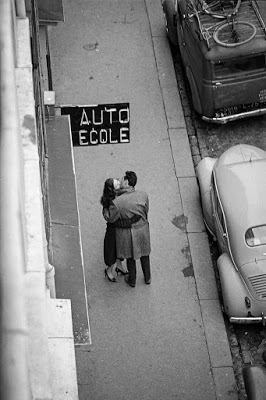
STREET PHOTOGRAPHER
LEAVES WONDERFUL LEGACY
G'day folks,
When Dylan Scalet inherited a collection of photos from his grandfather Jack Sharp, he wasn’t exactly thrilled. In fact, it was only during the Covid-19 lockdown that he got around to digitalizing the film, and he was in for a surprise! What he found was a treasure trove. The incredible photos of Sharp vividly depict the street life of Europe, more than half a century ago.
Scalet, who was born after his grandfather had passed away, felt like the process of going through the photos was also a process of getting to know the man who took them. Jack Sharp was a British engineer by trade, working in Geneva, Switzerland. In his free time, however, he was a street photographer and a talented one at that. These images were all taken between 1950-1970.Scalet was told that his grandfather fully embraced everything he took an interest in. When he started photography, he researched a lot, understood the mechanics of the camera, how to catch the perfect lighting, and the science of the darkroom.
The photos were taken everywhere around Switzerland, but mostly in Geneva, Lausanne, and the western regions. As for the camera, it was an Agfa Super Silette Apotar 45mm f/1:3.5 and an Asahi Pentax K Auto-Takumar 55mm f/1.8, according to Scalet. The excitement about the revelation and the desire to share his Grandfather’s work comes from the fact that the photographs are really something special. "As I had come to learn about the great photographers like Henri Cartier-Bresson and Vivian Maier, I simply could not believe the images I was seeing as I dived into the archive. I knew instantly that these photos were special. Not just because they were my grandfather’s, but because I was able to recognize the beauty of these photographs objectively. I knew that it was going to be a lot of work, but getting this out seemed like the right thing to do,” Scalet said.
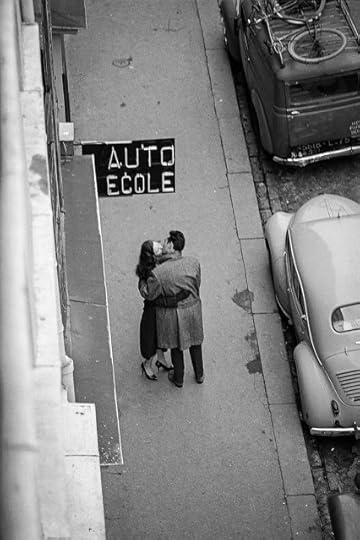
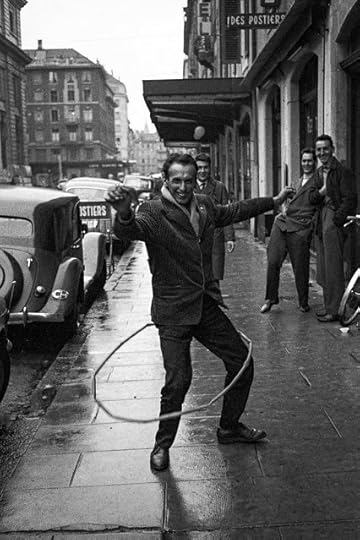

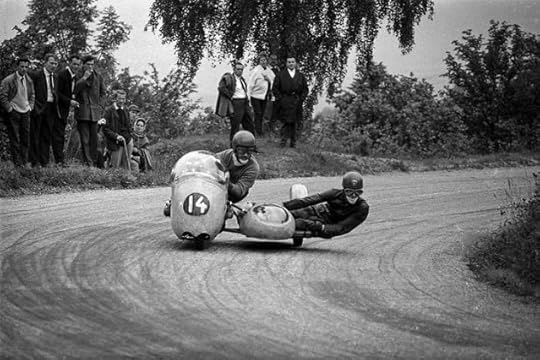
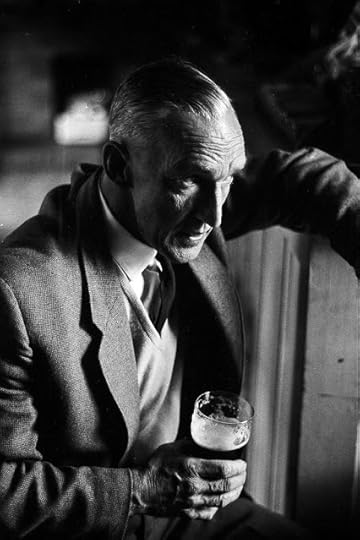
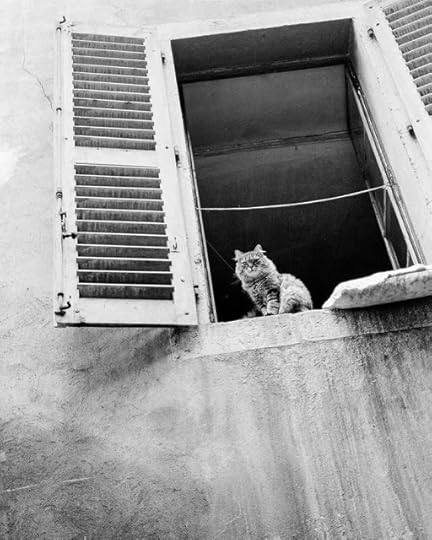

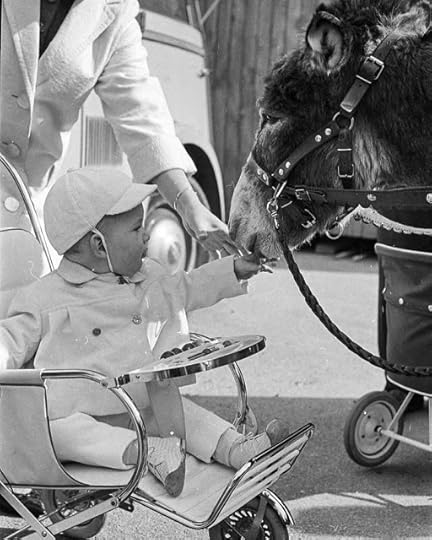
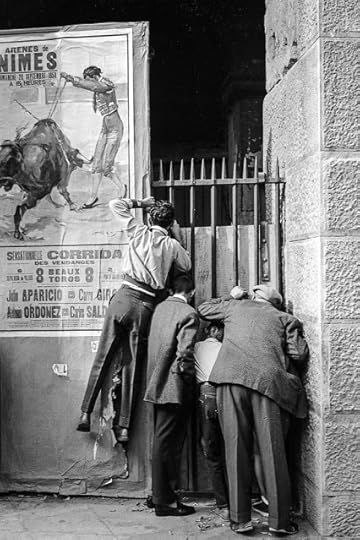
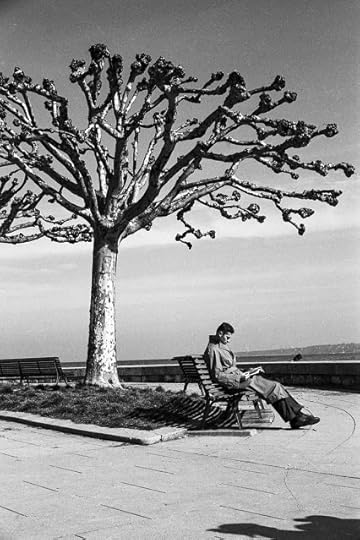

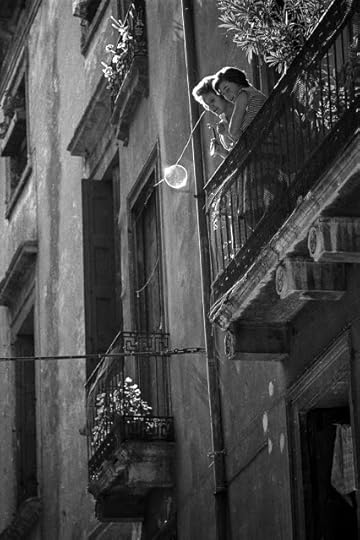
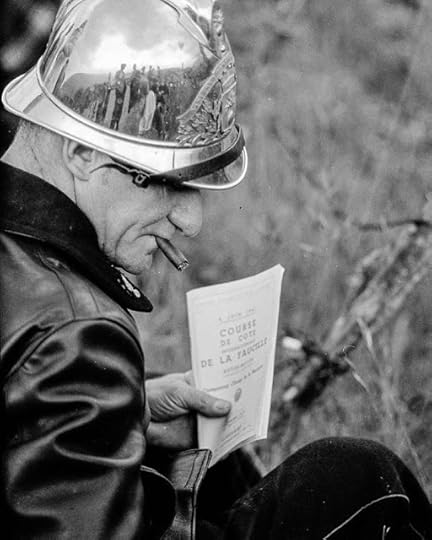

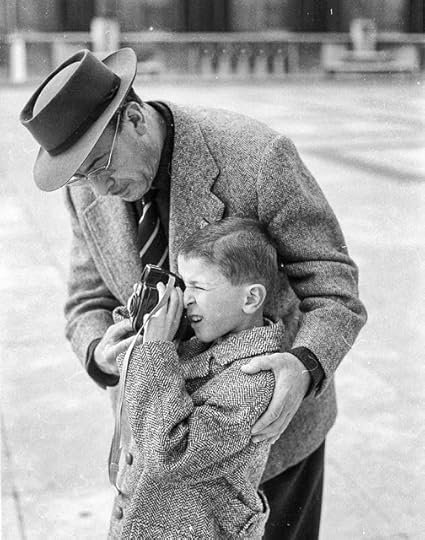
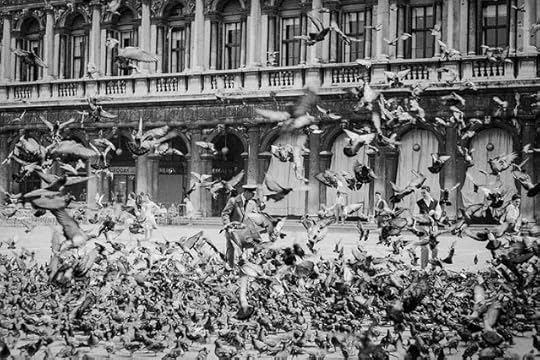


Clancy's comment: Brilliant memories. Well done, Jack.
I'm ...

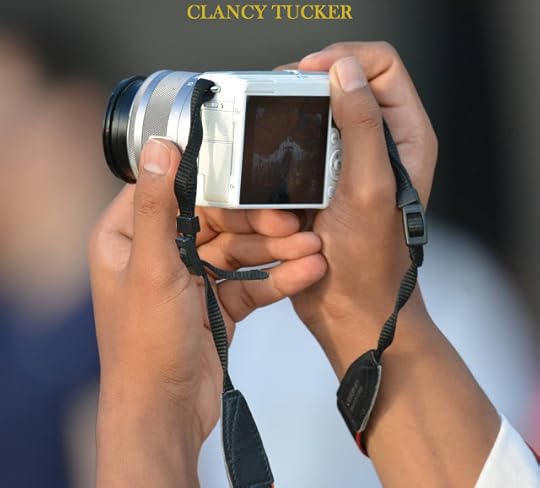
18 April 2021 - OPENING OF THE BRITISH MUSEUM'S DOORS
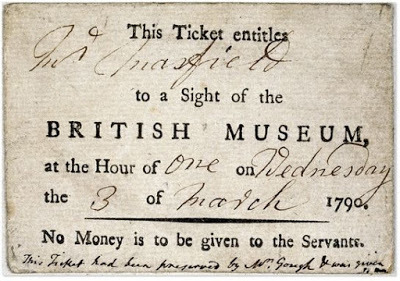
OPENING OF THE BRITISH
MUSEUM'S DOORS
G'day folks,
The British Museum was opened to visitors on 15 January, 1759. But not just any visitors.
Fearing damage to the collections by unruly hordes, the trustees decided that nobody would be admitted without a ticket. The problem was that only a few tickets were issued each day and even then a number of obstacles had to be surmounted before prospective visitors could receive their prize.
They had to go to the museum and apply to the porter for a ticket. If approved, they then had to go back on another day to collect it, and then go back again at an appointed time to be allowed in.

All tickets, like the one shown above, issued to a Mr Masefield, were free, but designated for a particular time. Visitors were taken round in groups of five, each group guided by one of the under-librarians. They were taken round the building very quickly to make way for the next party.
The early trustees would no doubt recoil in horror at the sight of today's ticketless crowds wandering at will around the building, disdainfully snapping with 'selfie' phones. But at least there are no longer any servants who might be expecting a tip!

Clancy's comment: Tickets please!
I'm ...


April 16, 2021
1 June 2021 - AMAZING MINIATURE TREEHOUSES by DAVE CREEK

AMAZING MINIATURE
TREEHOUSES
by DAVE CREEK
G'day folks,
If you have ever watched the animated sitcom Bob’s Burgers, then you’ve probably come across the work of Dave Creek. Creek has been one of the lead character designers on the show, ever since it started airing in 2011.
Tragically, the talented animator and artist passed away after a skydiving accident in January 2021. Creek was a man of many talents, and along with his animation career, he nurtured another creative passion: building miniature treehouses within living bonsai trees. To celebrate Creek’s work and honour his memory, I would like to share some of his creations with you.
The immaculately detailed pieces include tiny ladders, balconies, and steps. Each handcrafted house complements the natural shape of the bonsai, with architectural elements nested within the trees’ branches. The result is a beautiful miniature world one could get lost in.

Creek created many bonsai treehouses and documented the process on his Instagram account. Each one took many months to complete. At times, the artist spent years perfecting a single woodwork display. More than anything, the amount of detail and care that went into each treehouse speaks of Creek's tremendous patience and artistic talent.









Clancy's comment: Brilliant work. What an amazing legacy.
I'm ...


April 15, 2021
28 May 2021 - Tutankhamun's Burial Chamber Found
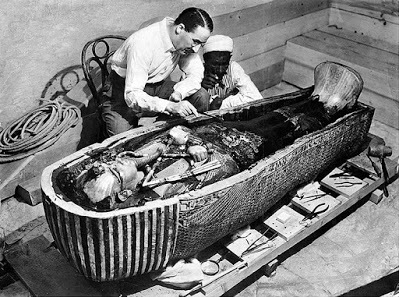
Tutankhamun's Burial
Chamber Found
G'day folks,
In November 1923, a team led by British archaeologist and Egyptologist Howard Carter discovered the tomb of the Egyptian boy king Tutankhamun. This would go on to become the most famous discovery of a pharaoh's tomb, and make Tutankhamun perhaps the most famous pharaoh.
After chipping his way into the tomb in November (using a chisel his grandmother had given him on his 17th birthday), Carter and his sponsor Lord Carnarvon spent the next several months meticulously cataloguing the items inside the tomb's antechamber.
On February 16, 1923, Carter discovered that the antechamber did in fact lead to Tutankhamun's burial chamber when he opened the sealed doorway inside, and glimpsed the sarcophagus of the pharaoh.
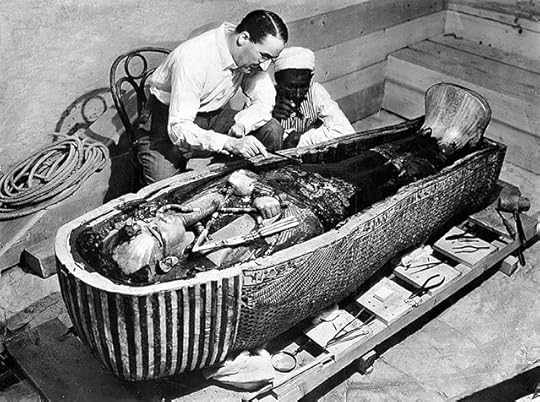
Over the years, many legends have emerged around the discovery of Tutankhamun's tomb, most famously the so-called curse of the pharaohs: that those who disturbed the tomb were doomed to an early death.
Among those who died not long after the discovery was the financial backer of the project, Lord Carnarvon, who died in April 1923; A. C. Mace, a member of the excavation team, who died in 1928; Archibald Douglas-Reid, a radiologist who x-rayed Tutankhamun's mummy, died in 1924; and even Howard Carter himself, who died in 1939.

Clancy's comment: I wonder if this burial site did contain a curse?
I'm ...


24 May 2021 - KING TUT'S REVENGE
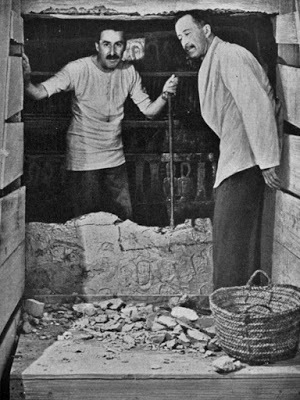
KING TUT'S REVENGE
G'day folks,
February 16, 1923 — It’s a discovery that would have made Indiana Jones envious: on this day archaeologist Howard Carter opened the sealed doorway leading to the burial chamber and sarcophagus of the Pharaoh Tutankhamun in Egypt’s Valley of the Kings.
A few weeks earlier, after making a "tiny breach” in the top left hand corner of the tomb doorway, he was asked by his patron Lord Carnarvon if he could see anything.
Carter replied: "Yes, wonderful things" and added: “As my eyes grew accustomed to the light, details of the room within emerged slowly from the mist: strange animals, statues, and gold – everywhere the glint of gold."
Some people believe that by opening the tomb, which had remained undisturbed for nearly 4,000 years, Carter unleashed the “Curse of the Pharaohs,” which is said to herald catastrophe for anyone who disturbs the mummy of an Ancient Egyptian person.
Certainly, some six weeks after Tutankhamun’s tomb was opened, Lord Carnarvon, who had paid for the expedition, was dead. He had been bitten on the cheek by a mosquito and made matters worse by shaving over the bite, causing an infection, blood poisoning, pneumonia and death.

At the time of Carnarvon’s demise in a Cairo hotel, the lights went out across the city and in England the earl’s saluki pet dog, Susie, howled and herself fell down dead.
Arthur Conan Doyle, the creator of Sherlock Holmes, was a devoted spiritualist and claimed to have a direct line to Ancient Egypt. He thought doctors were being naive in declaring that the mosquito bite led to Carnarvon’s death.
He believed the earl died because he had desecrated the pharaoh’s tomb and unleashed the Curse of Tutankhamen.
Sceptics point out, however, that Carter, who was the first to enter the tomb, lived on happily until 1939 when he died of lymphoma in London at the age of 64.
In fact, of the 58 people who were present when the tomb and sarcophagus were opened, only eight died in the following decade.
Perhaps the curse of ‘King Tut,’ as he became known, had lost its potency after 4,000 years.

Clancy's comment: Mm ... interesting.
I'm ...
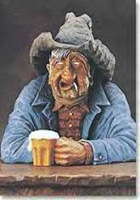

23 May 2021 - BIRTH OF THE QWERTY TYPEWRITER

BIRTH OF THE
QWERTY TYPEWRITER
G'day folks,
June 23, 1868 — American newspaper editor Christopher Latham Sholes was granted a patent on this day for a typewriter. There are claims by others to have invented the machine, but Sholes is widely believed to have produced the first commercially successful model.
It was hardly an original idea. Back in 1714 it was announced on behalf of Queen Anne of Great Britain that Henry Mill, an engineer, born in 1683, had been granted a patent by the Queen for a writing machine. The patent notice read:
“Our Trusty and welbeloved Henry Mill, gent., hath by his petiçon humbly represented unto Us that he hath by his great study and paines & expence invented and brought to perfection an artificial machine or method for impressing or transcribing of letters, one after another, as in writing, whereby all writing whatsoever may be engrossed in paper or parchment so neat and exact as not to be distinguished from print; that the said machine or method may be of great use in settlements and publick records, the impression being deeper and more lasting than any other writing, and not to be erased or counterfeited without manifest discovery.”
Nobody knows what the apparatus looked like or how it worked and there have been patents registered by others for machines that could pass as a typewriter. But credit for the first modern version goes to Christopher Sholes, who lived in Milwaukee, Wisconsin.
The problem with his first machine was that the keyboard was arranged alphabetically, just as anyone would expect. But as operators learned to type at speed it was discovered that the metal arms bearing each character often became entangled.
Sholes studied the problem with his partner Amos Densmore and worked out which letters were most often used. They then put them as far apart as possible on a new keyboard, reducing the chance of clashing arms because they would come from opposite directions. And thus the “Qwerty” keyboard, still is use today, was born.
Sholes was as pleased as punch with his “Qwerty” typewriter and described it as “a blessing to mankind.” Even so, he sought expert advice and opinion and in early 1873 approached engineers at the Remington company which, apart from firearms, made sewing machines and farm tools.
Remington were highly impressed and offered to buy the patent from the partners. Sholes agreed and accepted $12,000 for his half-share. The more canny Densmore, however, would not sell unless the company agreed to pay him royalties. It has been estimated that these were eventually worth $1.5 million to the astute partner.
Thanks to Sholes and Densmore, Remington began producing typewriters just a few months later. One of their early customers was Samuel Clemens, better known as Mark Twain. The Adventures of Tom Sawyer, one of Twain’s most successful works, published in 1876, is widely believed to be the first novel written on a typewriter.

Clancy's comment: I wrote my first short story on a typewriter. Just sayin' ....
I'm ...


April 13, 2021
14 May 2021 - JFK'S FAMOUS CALL FOR FREEDOM
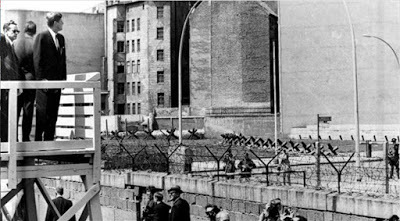
JFK'S FAMOUS
CALL FOR FREEDOM
G'day folks,
June 26, 1963 — President John F. Kennedyelectrified the world on this day with his “Ich bin ein Berliner” speech, delivered from a platform overlooking the notorious wall dividing east and west Berlin.
The concrete and barbed wire wall, stretching across the heart of Berlin, had been erected in 1961 by the communist East German government, with Russian support, to keep out West Berliners and restrict free movement in the divided city.
Thomas Putnam, former director of the John F. KennedyPresidential Library and Museum in Washington, said later that when Kennedy arrived for his state visit he was overwhelmed and deeply moved by the crowds that welcomed him. And when he viewed the wall itself, and the barrenness of East Berlin on the other side, his expression turned grim.
He was disappointed by the address prepared by his speechwriters, threw it away and quickly fashioned a new speech of his own. Kennedy knew that in Roman times, no claim was grander than “I am a citizen of Rome.” For his Berlin speech, he decided to use the German equivalent: “I am a Berliner.”
“Two thousand years ago, the proudest boast was ‘Civis Romanus sum,’” he proclaimed. “Today, in the world of freedom, the proudest boast is ‘Ich bin ein Berliner!’”
The words rang true not only for the hundreds of thousands of people who were there, Putnam said, but also for the millions around the world who saw the speech captured on film.
Kennedy’s point-by-point dismissal of support for communism with a repeated mantra, “Let them come to Berlin,” accompanied by his fist beating the rostrum, electrified the crowd.
His conclusion linked him eternally to his listeners and to their cause: “All free men, wherever they may live, are citizens of Berlin. And therefore, as a free man, I take pride in the words, Ich bin ein Berliner.”
Afterwards, according to Putnam, it would be suggested that Kennedy had got the translation wrong—that by using the article ein before the word Berliner, he had mistakenly called himself a doughnut!
In fact, Kennedy was correct. To state Ich bin Berliner would have suggested being born in Berlin, whereas adding the word ein implied being a Berliner in spirit. His audience understood that he meant to show his solidarity and rapturously cheered and applauded.

Clancy's comment: And, many people are still struggling to find freedom.
I'm ...
[image error]

22 May 2021 - JFK'S CASKET BURIED AT SEA
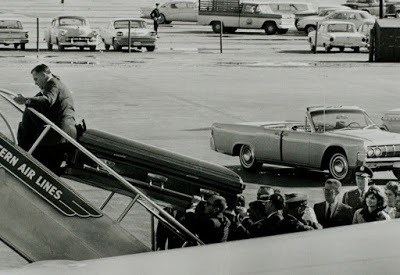
JFK'S CASKET BURIED AT SEA
G'day folks,
February 18, 1966 — The casket used to carry the body of assassinated President John F. Kennedy from Dallas to Washington was, on this day, parachuted into oblivion.
The story of the coffin is remarkable. It was ordered from Dallas undertaker Vernon O’Neal by Secret Service agent Clint Hill when futile attempts at Parkland Hospital to save the slain President were finally abandoned. Hill is the man who leapt onto the back of Kennedy’s limousine after the fatal shots were fired.
When the body of JFK was placed in the coffin and the Secret Service entourage began to wheel it from the hospital for a flight to Washington they were stopped by Dr Earl Rose, the Dallas County Medical Examiner. Physically barring their way, he insisted that the body could not be removed because, by law, an autopsy had to be performed in Dallas.
The agents and Kennedy aides pleaded and argued with Rose, but he would not budge. As tempers began to fray, Justice of the Peace Theron Ward was sent for to overrule Rose. But he refused and, siding with the Medical Examiner, he said: “It’s just another homicide as far as I’m concerned.”
Still reeling with shock, disbelief, anger and incredulity at what had happened an hour or so earlier, this was the final straw for Kennedy’s men. Kenny O’Donnell, a close aide of the fallen President, lost his temper and was reported to have shouted: “Go f--- yourself. We’re leaving. Get the hell out of the way!”
With the Secret Service men threatening fisticuffs and apparently ready to draw their guns, Rose, Ward and some Dallas policemen were shoved aside as the President’s coffin, used almost as a battering ram, was hustled out of the hospital.
Bloodstained because of the magnitude of JFK’s head wounds and damaged in transit, the solid bronze casket was stored in a secure Washington warehouse after the Kennedy family declined to use it for JFK’s interment. Later, there were reports that Vernon O’Neal had received an offer of $100,000 for the coffin so that it could be put on display as a relic of the assassination.
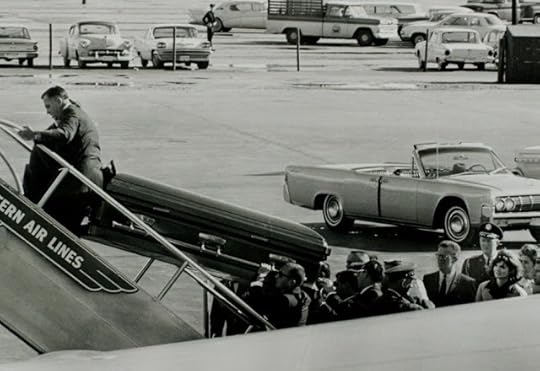
But it no longer belonged to him and on 18th February, 1966, at the Kennedy family’s request, it was disposed of by the Air Force.
They filled the casket with sandbags, encased it in a solid pine box, then drilled over 40 holes into the structure. It was bound with metal banding tape and finally fitted with parachutes.
This astonishing load was taken aboard a C130 transport plane, which flew about 100 miles across the Atlantic Ocean to a selected point 9,000 feet deep and away from shipping lanes. At 10am the casket was pushed out of the C130’s tail hatch and after the parachutes softened its landing on the water it immediately sank. The C130 circled the area for 20 minutes to make sure nothing resurfaced.
It didn’t, and to the relief of the Kennedys, the final physical reminder of that dreadful day in Dallas was gone forever.

Clancy's comment: I never knew that.
I'm ...
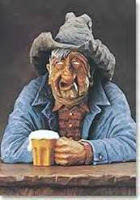

April 11, 2021
21 May 2021 - TCHOGHA ZANBIL PALACE AND TEMPLE, IRAN

TCHOGHA ZANBIL PALACE
AND TEMPLE, IRAN
G'day folks,
Tchogha Zanbil or Choga Zambil is a ruined palace and temple complex of the ancient Elamite city of Dur Untashi in Iran. Built in 1250 BC, the temple was founded by the Elamite king Untash-Napirisha (1275-1240 BC). The primary feature of the complex is a gigantic ziggurat (a rectangular stepped tower built to honor the main god of the city) dedicated to the Elamite divinities Inshushinak and Napirisha.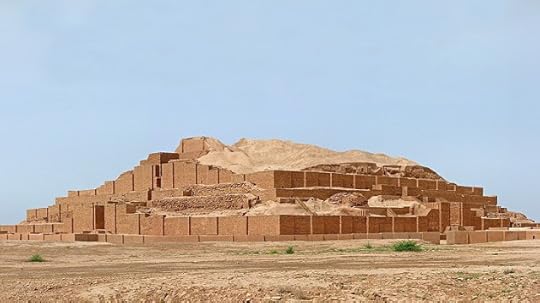
Outside of Mesopotamia, the ziggurat at Tchogha Zanbil remains the best-preserved monument of this type. Incidentally, the city was never completed and was attacked and damaged by the Assyrian king Ashurbanipal around 640 BC. The temple complex was excavated between 1946 to 1962 by archaeologist Roman Ghirshman after prospectors for an oil company discovered it in 1935.
 Clancy's comment: I find the dates gob smacking. Built in 1250 BC!
Clancy's comment: I find the dates gob smacking. Built in 1250 BC!I'm ...


13 May 2021 - NAT KING COLE'S STRUGGLE WITH RACISM
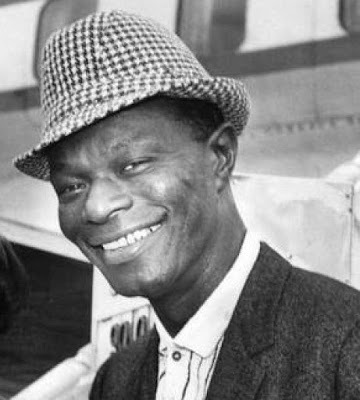
NAT KING COLE'S STRUGGLE
WITH RACISM
G'day folks,
February 15, 1965 — Nat King Cole, who died on this day, possessed a unique soft baritone voice which, to use the title of one of his most famous songs, was “Unforgettable”. But despite his talent and huge success as a recording artist his short life was plagued by incidents of racial discrimination.
Born in 1919, at the age of four he began learning to play the piano with help from his mother, a church choir director in their home town of Montgomery, Alabama.
At 15, he dropped out of school to become a jazz pianist. Cole said he "played piano at almost every beer joint from San Diego to Bakersfield”. Legend has it that at one of the venues a drunken customer jammed a paper hat onto the pianist's head and proclaimed, "Look! King Cole!" The name stuck.
He made his first professional recordings in 1936 and the following year put together what would become the King Cole Trio.
By the 1950s, Nat King Cole emerged as a popular solo performer with numerous hits including "Mona Lisa”, “Smile" and "Unforgettable”. He was to sell a total of 50 million records during his career.
He said later: “I started out to become a jazz pianist but in the meantime I started singing and I sang the way I felt and that's just the way it came out.”
In 1956 he became the first African-American performer to host a variety TV series – The Nat King Cole Show, which featured leading performers of the day. But it was scrapped the following year, Cole blaming its demise on the lack of a national sponsor.
This was seen as a reflection of the racial issues of the time, no company wanting to back a show featuring African-American entertainers. Cole later quipped: “Madison Avenue is afraid of the dark."
It was also in 1956 that Cole experienced racial discrimination in its most savage form. British music paper New Musical Express reported on April 13: "One of the world's most talented and respected singing stars, Nat King Cole, was the victim of a vicious attack by a gang of four men at Birmingham, Alabama, during his performance at a concert on Tuesday.
“His assailants rushed down the aisles during his second number and clambered over the footlights. They knocked Nat down with such force that he hit his head and back on the piano stool, and they then dragged him into the auditorium.
“Police rushed from the wings and were just in time to prevent the singer from being badly beaten up.”
In her book, “Talking Swing, the British Big Bands”, Sheila Tracy recalls that the Ted Heath Orchestra – one of the star British acts of the time – were touring with Nat on that tour. She quotes saxophonist Ronnie Chamberlain as saying:
“We were booked to play in Birmingham, Alabama, and the guys in Nat’s trio were absolutely scared stiff, saying, 'We don't want to go there, man.' Recalling the attack on Cole, Chamberlain said: “I felt really sick and went outside and puked, it frightened me so much. Poor Nat was in a terrible state.”
Though this was an extreme incident, Cole had become used to – and philosophical about – racial discrimination. In 1948 he bought a house at the exclusive all-white Hancock Park development in Los Angeles, where former residents included Howard Hughes, Katharine Hepburn and Mae West.
The Ku Klux Klan responded by placing a burning cross on his front lawn. Members of the property-owners association told Cole they did not want any undesirables moving into the area.
Cole famously retorted: ”Neither do I. And if I see anybody undesirable coming in here, I'll be the first to complain."
He continued to live in the house until his death in 1965. A heavy smoker, Cole was just 45 when he died of lung cancer.
Clancy's comment: One of the best singers of all time. Simply, unforgettable.
I'm ...

[image error]



